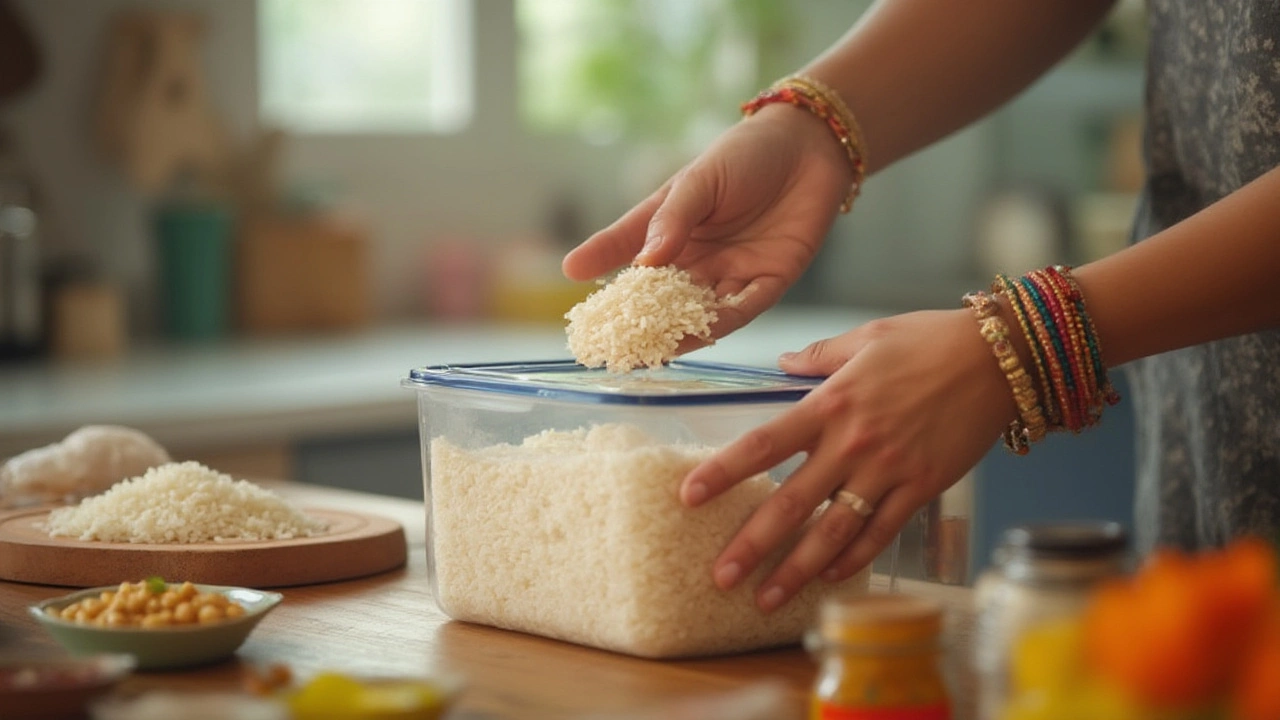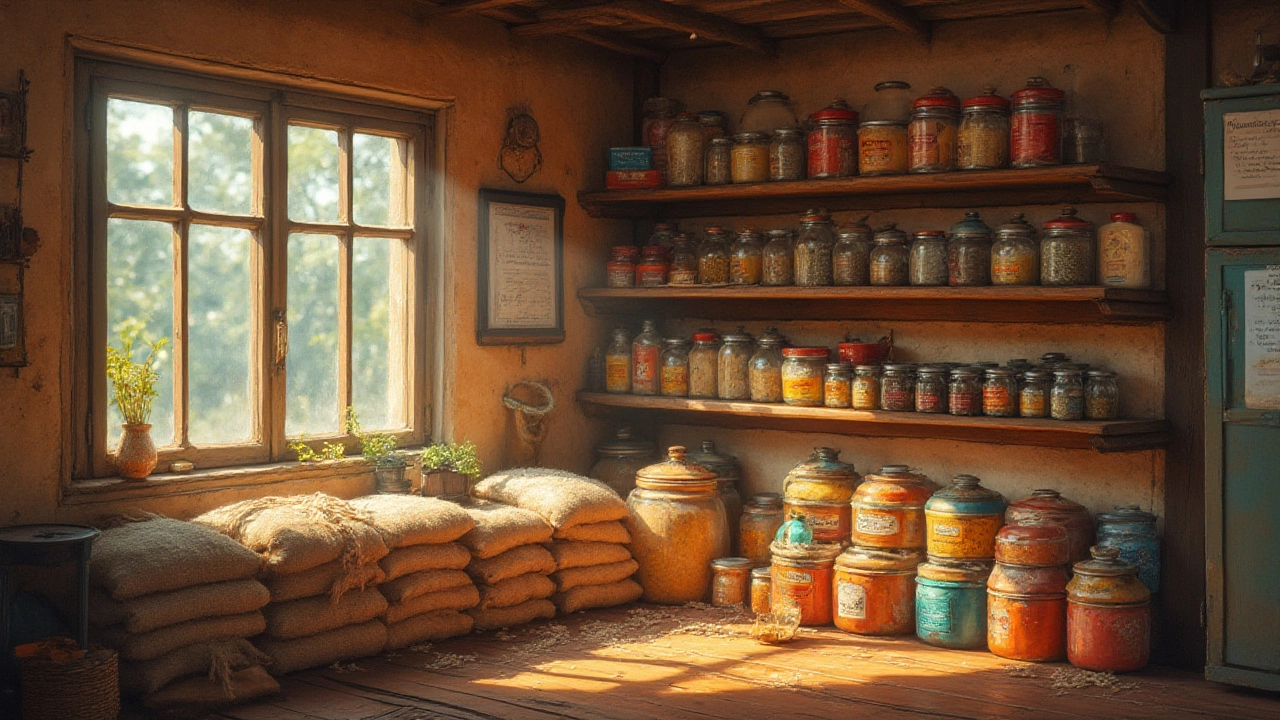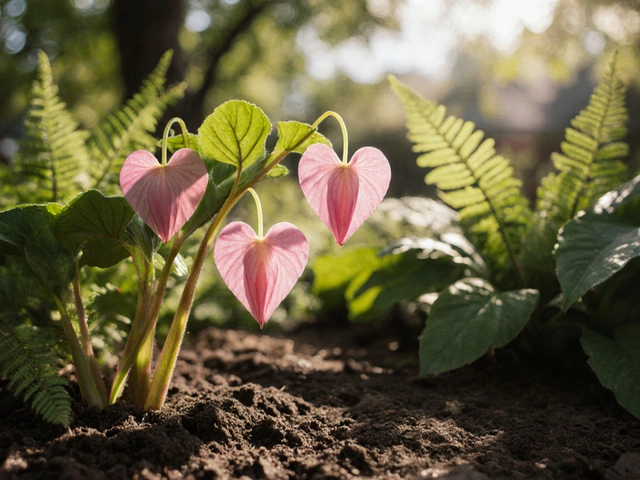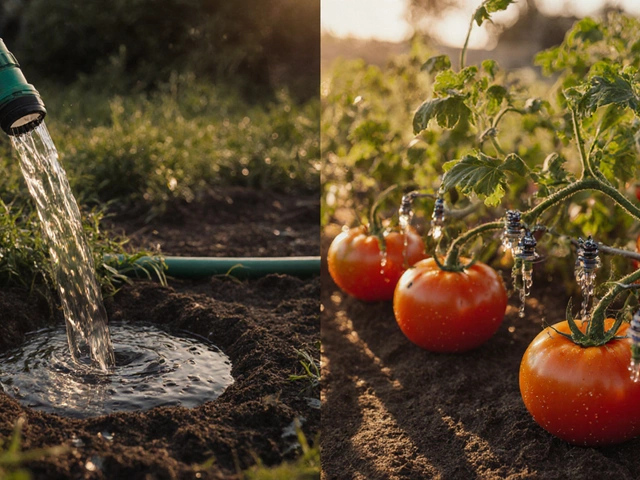Imagine opening a tub of rice after five years, half-expecting a science project but finding nothing more alarming than perfectly dry grains. Sounds like something out of a doomsday prepper’s dream, right? The truth might surprise you: rice isn’t just a staple for weeknight dinners—it’s a heavyweight champion of the food storage world. But it’s not enough to just stash a bag in the cupboard and hope for the best. The rules of rice storage are strict but friendly once you know them. Ready to challenge what you think you know about how long you can stockpile rice? Let’s turn that humble grain into an insurance plan you can really trust.
How Long Can You Store Rice? The Science, The Myths, The Real Numbers
If you’re picturing a simple expiration date stamped on a bag of rice, forget it. The shelf life of rice isn’t so clear cut, and it can stretch from months to decades depending on the type and how you treat it. White rice, which includes your basic long-grain, jasmine, or basmati, is famous for its staying power. Under ideal storage conditions—think cool, dry, airtight—white rice can stay good for 25 to 30 years. In fact, a study by Brigham Young University found that white rice stored in sealed oxygen-free containers at about 40°F kept its flavor and nutritional qualities for up to 30 years with only minor changes. That’s a time capsule you can eat, right there.
Brown rice isn’t nearly as immortal. With its higher oil content from the bran layer, brown rice is far more prone to spoilage. In standard pantry conditions, brown rice may only last six months before those healthy oils go rancid. Seal it up, stash it in the freezer or fridge, and you might stretch it to a year or 18 months. The main enemy here is oxidation—the oils break down and get funky. Wild rice, technically a grass, lands somewhere in the middle, but tends to last more like brown rice than white. Want your rice stash to outlast your high school reunion stories? Your best bet is sticking to white rice for true long-term storage.
Let’s put some numbers on it:
| Rice Type | Packed in Pantry | Vacuum Sealed in Cool Place | No-Oxygen + Cool Storage (Mylar/O2 Absorbers) |
|---|---|---|---|
| White Rice | 4-5 years | 10+ years | 25-30 years |
| Brown Rice | 6 months | 1-2 years | Up to 5 years (frozen) |
| Jasmine/Basmati | 4-5 years | 10+ years | 25-30 years |
| Wild Rice | 6 months | 1-2 years | Up to 5 years (frozen) |
Now, don’t take these numbers as guarantees carved in stone. Put your rice through regular taste and smell checks (yes, just like milk). It shouldn’t smell off, musty, or oily. If it does, it’s time for the compost bin, not your dinner plate. Also, if you notice any yellowing or small crawling guests (yep, weevils love rice as much as we do), it’s safer to toss it. Always rotate your stash—first in, first out. No one wants to break a tooth on a fossilized rice kernel.

The Secrets of Safe and Smart Rice Storage
Good rice storage isn’t rocket science, but it does need a little strategy. The basic enemies are moisture, heat, air, and pests. Ignore any one of those and you’ll be googling “how to get rid of pantry moths” at 2AM. Here’s how to keep your grains safe and sound:
- Airtight Containers – This is your first (and best) defense. Use food-grade buckets with gasket lids, glass jars with tight seals, or heavy-duty Mylar bags for truly long-haul storage. Say no to those floppy grocery store plastic bags—they’re like inviting critters to a buffet.
- Oxygen Absorbers – These are tiny packets that suck the O2 out of your container, shutting down almost all microbial or insect activity. Use about one 300cc absorber per gallon of rice when sealing it in Mylar bags. Your rice will thank you by not turning into a bug zoo.
- Temperature Rules – Cooler is better. Aim for below 70°F (20°C). Every 18°F (10°C) drop in storage temperature doubles the shelf life of grains. Got a basement or cool, dark pantry? That’s rice heaven.
- Dryness – Humidity is the enemy. Target less than 60% relative humidity. Rice pulls in moisture like a sponge. Use silica gel packets if you’re in a humid spot.
- Pest Control – Always check your rice before storing. If you spot even one weevil or moth, toss the whole bag. For extra safety, some folks freeze their rice for a week before storing to kill any insect eggs. You might feel a little over the top, but it works.
- Labeling – Mark containers clearly with date of storage and type of rice. Don’t trust your memory, especially if you stash a variety of grains.
Maybe you’re wondering if washing rice before storage helps. Don’t do it. Moisture is a killer here—keep those grains dry as dust until you’re ready to cook.
Another tip: don’t keep rice near strong-smelling foods. It’ll pick up those odors and start to taste a little funky. Rice is nice, but not if it smells like garlic or onions.
If you’re concerned about long-term nutrition, remember: white rice loses some nutrients over decades (vitamin content, especially). But it’ll still fill you up and provide needed calories, which is what you want in a crisis. Consider keeping some vitamin supplements or rotate in fresher rice every few years to keep things well-balanced.
If you want a compact, stackable system, five-gallon buckets are the go-to for hardcore preppers. One bucket fits about 35 pounds of rice and, with oxygen absorbers and a proper seal, it can last decades—even in a closet. Smaller batches work fine in glass jars or sturdy plastic containers for everyday use. Always scoop out what you need and close it tight again—don’t let the rice ‘breathe’ more than it needs to.

Smart Mistakes to Avoid and Clever Tricks to Stretch Shelf Life
You’d be amazed how many kitchen disasters could have been avoided with a little side-eye at storage. Here’s the truth: almost no one stockpiles rice perfectly the first time. What catches most folks off-guard is temperature swings—a too-warm storage spot doubles the chance of rice going stale or attracting pests. Don’t think you can get away with stashing your whole supply in the garage if it tops 85°F for half the summer.
Don’t mix old and new rice in the same storage bin. It seems thrifty, but it actually encourages you to keep rice around longer than is safe. When bugs or mold strike, they’ll spread much faster through a blended batch. Keep new rice separate, and rotate the old out first.
Opening and resealing big containers often is another easy mistake. Each time you pop the lid, you expose the rice to air and humidity, nudging it closer to spoiling. Divvy up your stash into smaller containers. That way you only open what you’ll eat in a couple of months, and the bulk stays fresh.
A trick you might not have heard: adding a couple of dry bay leaves to each rice container. It doesn’t sound like much, but bay leaves can help deter some pantry pests with their aroma. Won’t help against every invader, but it’s a cheap, old-school hack from grandma’s kitchen that still gets a nod from seasoned food storers.
Worried you missed some eggs or larvae? Place the sealed bag or container of rice in the freezer for a week, then shift to room temperature and repack with oxygen absorbers or extra-dry conditions. Freezing disrupts most bugs’ life cycles and offers peace of mind.
If you add up the numbers, a single adult eats about 25–35 pounds of rice per year if used as a side, closer to 150 pounds if you’re using it as survival food. Plan your stockpile accordingly, accounting for storage method and how fast your family eats rice. Don’t forget, not everyone likes plain rice after eating it for a week straight. Toss in some seasonings or dried veggies to change things up.
If disaster strikes and you break into that 10-year-old stash, check for telltale signs of spoilage: off smells, visible mold, bugs, or an odd color. If it’s free of these and smells neutral or ‘rice-like,’ you’re good. Many preppers have tested decades-old rice that tasted perfectly fine and cooked up as usual.
So, how long can you stockpile rice? With smart choices and a bit of care, you can turn rice into the most reliable, edible safety net in your pantry. Give it the right conditions—cool, dry, airtight with stockpile rice as your focus—and your investment buys peace of mind for years, or even decades. Got a storage secret or clever rice saving hack? There’s always room for another trick on the prepper shelf.





